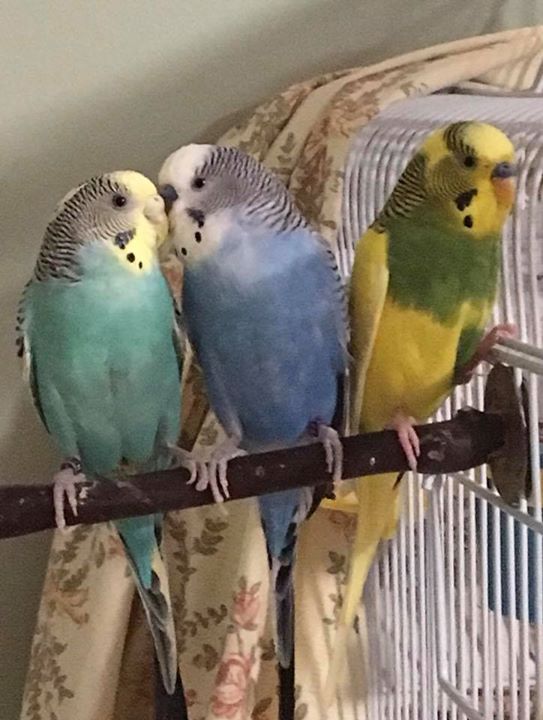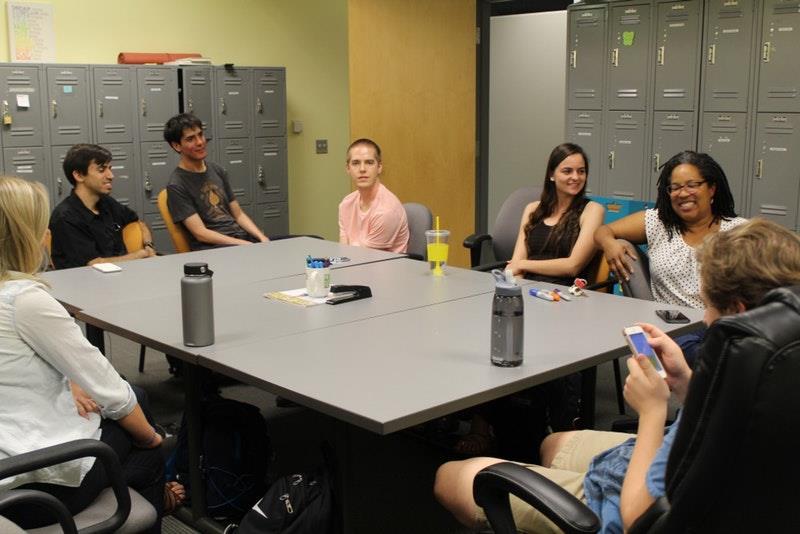News
Bottoms-Up: The Innovative Thinking Style of the Asperger’s Mind
by Samantha Craft Samantha Craft
As a collective, myself included, individuals on the autism spectrum have been recognized to have almost effortless associative thinking skills and to be prone to “bottom-up” processing. Dr. Temple Grandin, a professor of science at Colorado State University and prominent author who speaks of the challenges and strengths of autistics, associates her autism with her successful contributions to the industrial design of unique handling devices for livestock that benefit both livestock business and animal welfare. She states in an article by The New Idealist (which can be seen here):
“I’m good at trawling through the Internet through vast amounts of journal articles and then pick out what are the really important things. I then synthesize all of this resource down into one short paragraph . . . That’s something that I’m good at doing… I’m a bottom-up thinker—I take the details and put them together.”
A bottom-up approach is ideal when there is a need for innovative ideas and solutions in the workplace. An innovative workplace, with a bottom-up approach doing business, by default, implements an incubator for out of the box thinking. Collaborative brainstorming is a natural bottom-down thinking approach.
Personally I (much like Dr. Grandin), in any type of data collection, require many examples before I reach a final conclusion on my own and before I put a plan into action. An example can be found in how I am writing my current book about the workplace and Aspergers. When I find a new bit of information (concept of bottom-down thinking), I collect 20 or more bits of that same information from various sources (books, articles, journals, videos), and then compare, contrast, and logically decipher which makes the most sense to include in the book. (This article you are reading now is a sample from my upcoming book and a result of hours of research using the bottom-up approach.)
I look for patterns in repetitive data, theories, and conclusions. In another example, when I watched my 100th video on autism or read my 100th article, I went back in my mind to all the other information I had seen before, and pulled out patterns and repeated data. I sought out connections and confirmation of probable truths based on a collective, not a singular. In short: I don’t take things at face value.
For full article, click
http://differentbrains.org/bottoms-up-the-innovative-thinking-style-of-the-aspergers-mind/
Follow Samantha Craft at http://differentbrains.org/author/samantha-craft/
Photo: Woman with glasses in thoughtful pose
Please LIKE Jason's Connection Facebook page
https://www.facebook.com/JasonsConnection
Maybe you recognize symptoms in yourself that your child has. Or maybe you don’t have a child with ASD but have learned about autism and felt it described you.
VIEW FACEBOOK POST













